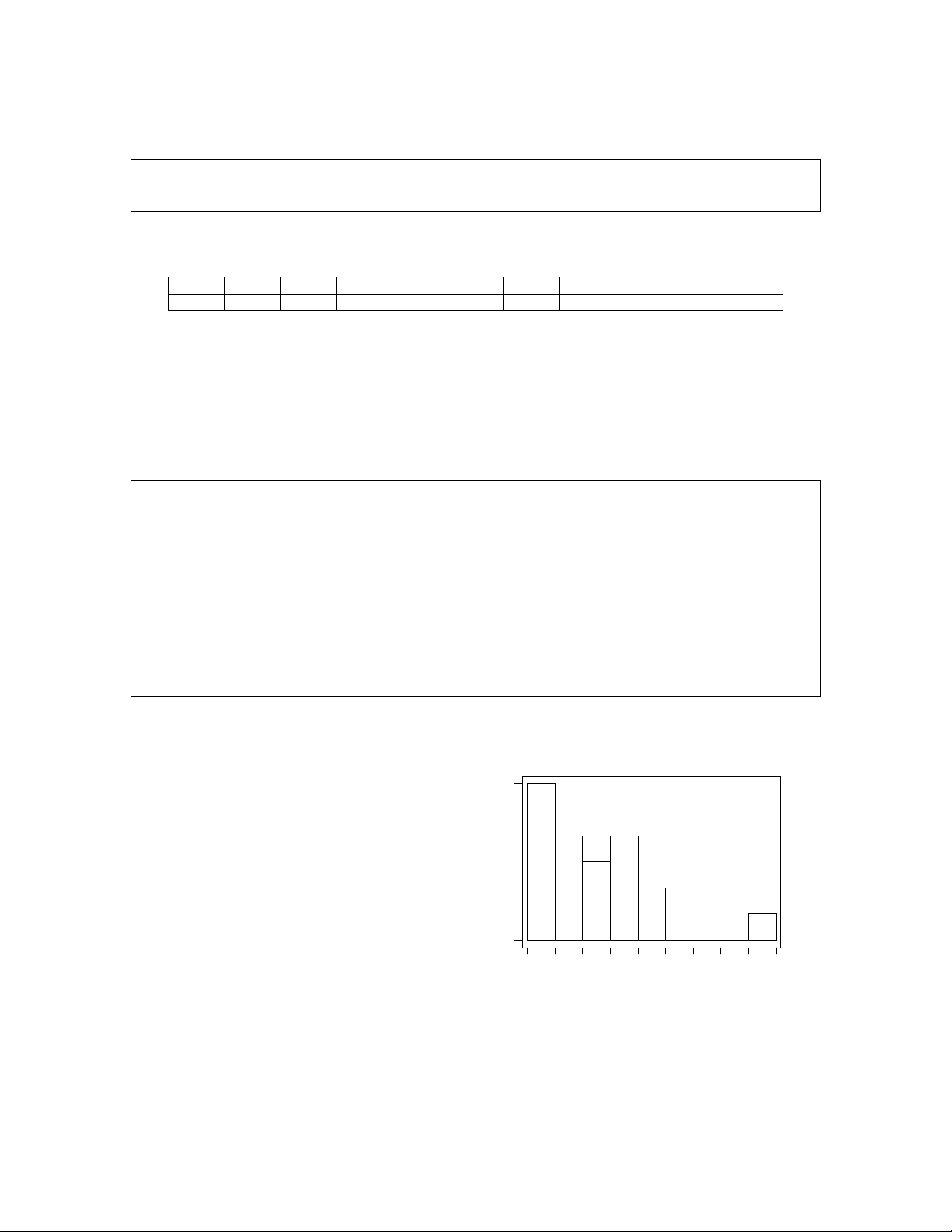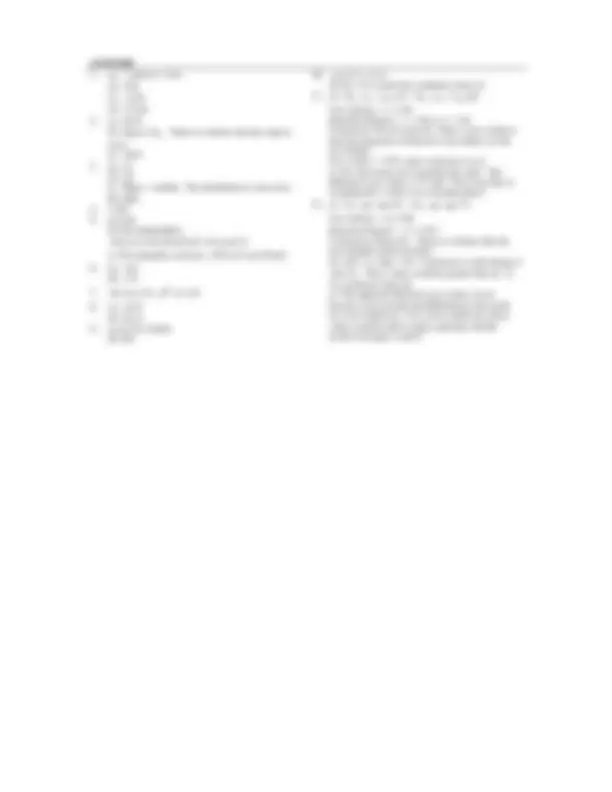



Study with the several resources on Docsity

Earn points by helping other students or get them with a premium plan


Prepare for your exams
Study with the several resources on Docsity

Earn points to download
Earn points by helping other students or get them with a premium plan
Community
Ask the community for help and clear up your study doubts
Discover the best universities in your country according to Docsity users
Free resources
Download our free guides on studying techniques, anxiety management strategies, and thesis advice from Docsity tutors
Information about a statistics 1300 final exam review session, including the date, time, and location. It also includes various statistical problems for students to work on in preparation for the exam. Topics covered include regression analysis, correlation coefficients, relative frequency histograms, and probability distributions.
Typology: Exams
1 / 3

This page cannot be seen from the preview
Don't miss anything!


Note 1: In addition to these review problems, I would advise students to work through problems from the sample finals posted on Blackboard. Note 2: There will be a Q&A session on Tuesday, May 12 from 12:00 to 1:30 p.m. in Middlebush 206.
a) Find the equation of the least squares line. b) What final grade percentage should be predicted for a student who misses 9 classes? c) Find the sample correlation coefficient. d) Assuming that, for each value of x, the corresponding y’s have the same variance, find the estimate for this common variance.
Predictor Coef SE Coef T P Constant 81.05 13.88 5.84 0. Age 0.9644 0.2381 4.05 0.
S = 5.641 R-Sq = 80.4% R-Sq(adj) = 75.5%
Analysis of Variance Source DF SS MS F P Regression 1 522.21 522.21 16.41 0. Residual Error 4 127.29 31. Total 5 649.
a) If we test the hypothesis H 0 : β 1 = 0 against HA : β 1 ≠ 0 , what is the p -value for the test?
c) If we test the hypothesis that blood pressure tends to increase with age, what is the p -value for the test?
a) If there are 80 observations in the data set, how many observations are between 30 and 50? b) Find the median. c) Based on the histogram, which should be larger, the mean or the median? Why?
30
20
10
0
C 1
Percent
x 1 2 3 4 5 p(x) 0.2 0.3 0.3 0.1 0.
Sample X N Sample p 1 13 100 0. 2 9 120 0.
Difference = p (1) - p (2) Estimate for difference: 0. 95% CI for difference: (-0.0260280, 0.136028) Test for difference = 0 (vs not = 0): Z = 1.35 P-Value = 0.
Fisher's exact test: P-Value = 0.
a) Decide what kind of test would be appropriate, and carry it out at the .05 level of significance. You may assume equal variances. b) Find the p -value for the test as accurately as possible. Would your conclusion in (a) be different if the level of significance was .01? Explain. c) With the same data, your assistant used Minitab to obtain the results below. Do his results contradict your findings in a and b above? Explain. Two-Sample T-Test and CI: New, Old Two-sample T for New vs Old
N Mean StDev SE Mean New 6 144.0 19.1 7. Old 6 164.0 14.2 5.
Difference = mu (New) - mu (Old) Estimate for difference: -20. 95% CI for difference: (-41.63, 1.63) T-Test of difference = 0 (vs not =): T-Value = -2.06 P-Value = 0.066 DF = 10 Both use Pooled StDev = 16.